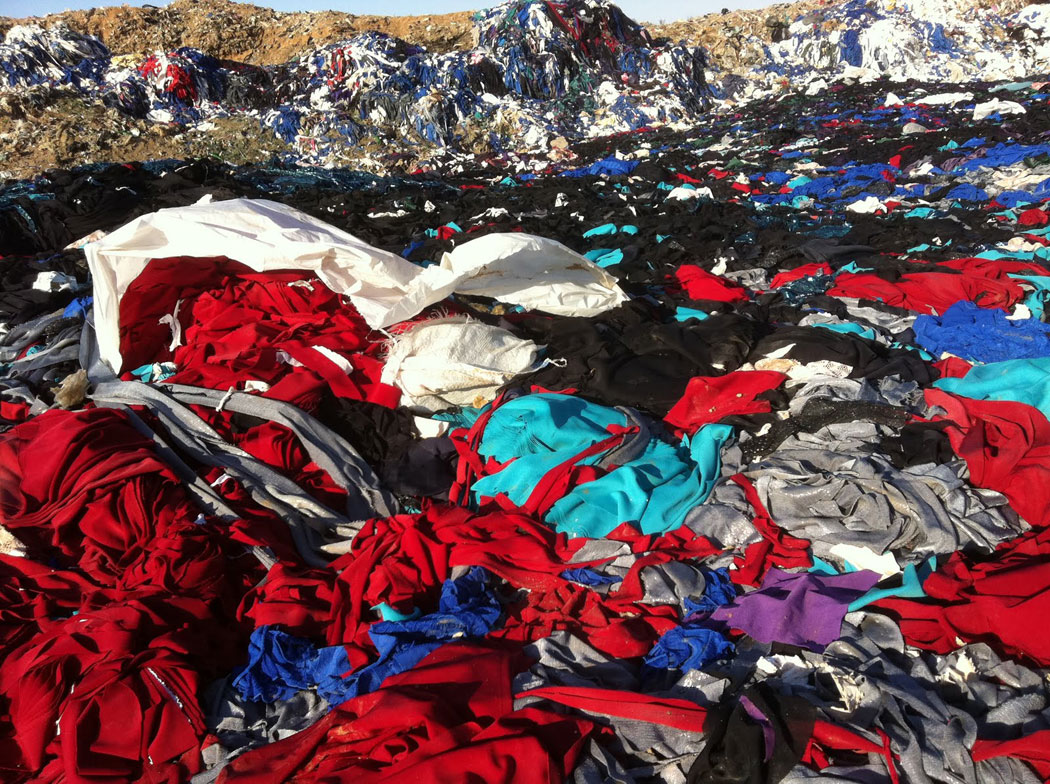A California State University civil engineer, has come up with a completely new idea for textile waste, that doesn’t involve turning old garments into new. His solution: retrofitting infrastructures prone to earthquakes. With the world’s supply of timber, reinforced concrete, and steel diminishing every year, Yu-Fu Ko, a professor at the school’s department of civil engineering and construction engineering management, suggests turning an eye to alternative materials. Textile waste, in addition to its abundance, also has the advantage of being less toxic than typical reinforcements.
“In current practice, carbon-fiber-reinforced polymer composites are used to retrofit buildings and bridges,” Ko says. “But making these reinforcing fibers can be hazardous. Workers who make carbon fibers breathe in the materials. That’s not good. Plus, carbon fibers are expensive.”
Ko says that mixing textile waste with a bio-derived resin could deliver the strength of CFRPs with a reduced environmental impact. “If the preliminary research results were successful, it could be applied to retrofit earthquake-damaged structures in the future,” he adds.
But textile waste isn’t the only lead Ko is trailing. He’s also investigating the potential of other materials that may result in safer, more resilient buildings in the long run.
“For example, if you inject carbon nanotubes into a structure, it can multiply the strength of the original structure by many times,” he says. “Look at the process of filling concrete with rebar. The carbon nanotubes play the same role as the rebar. It offers additional reinforcement.”
As resources to make rebar decline over time, carbon nanotubes could offer many times its strength. “We are talking about superstructures in the future,” Ko adds.
Source: Ecouterre
Image here











